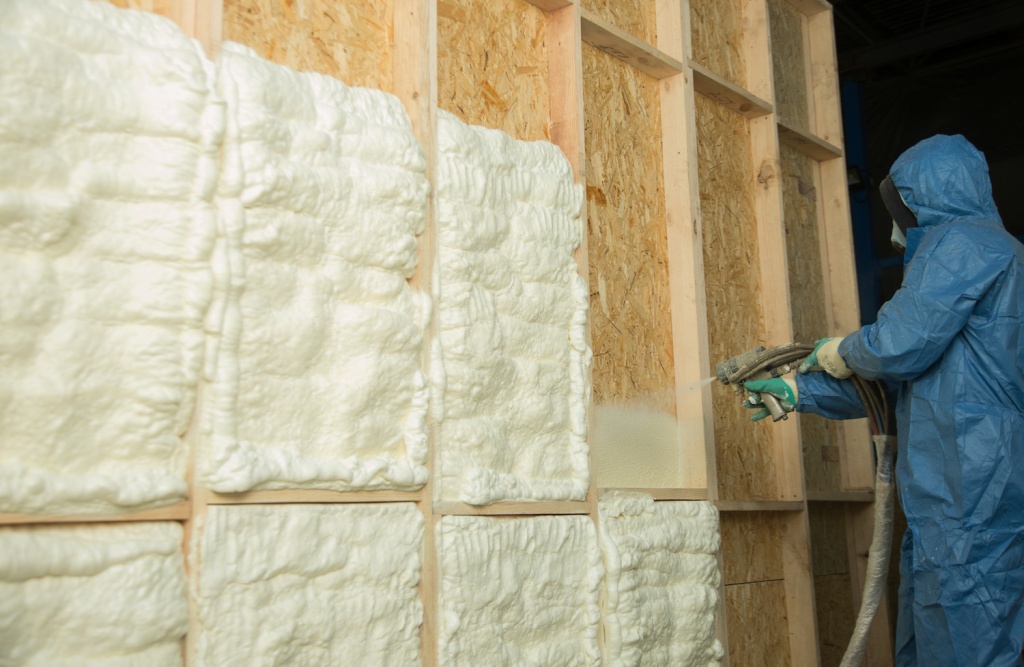Escambia County's Guide to Turning Old Insulation into Energy Savings
Degraded insulation systems in Escambia County properties create thermal inefficiencies that compound exponentially during peak demand periods
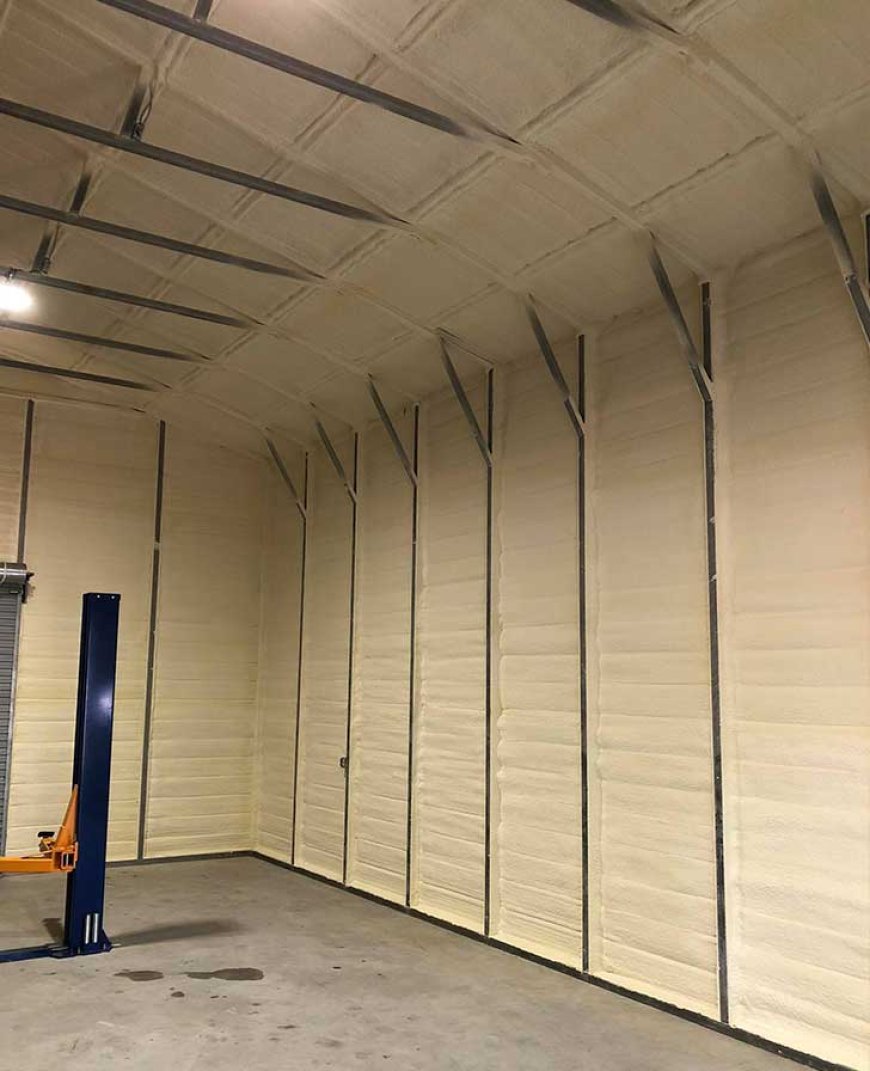
Degraded insulation systems in Escambia County properties create thermal inefficiencies that compound exponentially during peak demand periods, forcing HVAC systems to cycle 40-60% more frequently than properly insulated structures. Advanced building envelope diagnostics reveal that homes with 15+ year-old insulation experience stack eff+ect pressure differentials exceeding 15 Pascals, creating uncontrolled air exchange rates that nullify mechanical cooling efforts.
Strategic insulation replacement targeting critical thermal bridging points delivers measurable performance improvements through reduced heat flux calculations and enhanced building envelope integrity. Comprehensive retrofits addressing both conductive and convective heat transfer pathways typically achieve 23-38% energy consumption reduction, with peak demand savings reaching 42% during extreme weather events. Advanced installation techniques incorporating continuous thermal barriers and vapor management systems optimize long-term performance in Gulf Coast marine environments.
Advanced Thermal Performance Assessment Techniques
Building envelope diagnostics require sophisticated measurement protocols to accurately quantify existing insulation deficiencies and project upgrade potential. Infrared thermography identifies surface temperature variations indicating thermal bridging, while blower door testing measures air leakage rates at standardized pressure differentials of 50 Pascals.
Computational fluid dynamics modeling reveals convective heat transfer patterns within building cavities, exposing areas where air movement compromises insulation effectiveness. Heat flux sensors measure real-time thermal conductance through building assemblies, providing quantitative data for upgrade specifications.
According to Oak Ridge National Laboratory research, building envelope improvements targeting identified thermal weak points achieve 2.8 times greater energy savings than generic insulation additions, emphasizing the importance of diagnostic-driven retrofit strategies.
Comparative Thermal Resistance Analysis
Psychrometric Analysis for Gulf Coast Applications
Escambia County's marine climate creates complex moisture management challenges requiring sophisticated vapor control strategies. Dew point temperatures averaging 68-72°F during summer months create condensation potential within building assemblies when interior surfaces drop below ambient moisture levels.
Vapor drive reversals occur seasonally, with outward moisture flow during winter months and inward migration during cooling seasons. Advanced insulation systems must accommodate bidirectional vapor transport while maintaining thermal performance integrity throughout annual cycles.
Hygrothermal modeling demonstrates that improperly designed vapor barriers create moisture accumulation zones leading to material degradation and thermal performance loss. Climate-responsive insulation assemblies incorporating smart vapor retarders adapt permeability based on seasonal moisture conditions.
Advanced Technique: Implement dual-barrier systems with variable permeability membranes that respond to relative humidity changes, optimizing moisture management for Gulf Coast applications while maintaining thermal continuity.
Building Physics Optimization Strategies
Thermal bridging elimination requires systematic analysis of heat transfer pathways through structural elements, fasteners, and assembly joints. Advanced installation techniques incorporate thermal breaks at critical connection points, reducing linear thermal transmittance coefficients by 65-80% compared to conventional methods.
Stack effect mitigation addresses pressure-driven air movement through building envelope penetrations, electrical boxes, and structural joints. Comprehensive air sealing protocols achieve envelope tightness levels below 3.0 ACH50, significantly reducing parasitic energy losses.
Hurricane-resistant installation methods accommodate structural movement during extreme weather events while maintaining thermal barrier continuity. Flexible sealant applications and mechanically fastened systems prevent air seal degradation under dynamic loading conditions.
Advanced Technique: Deploy aerogel-enhanced insulation materials in space-constrained applications where traditional high-performance options cannot achieve required R-values within available cavity depths.
Pre-Installation Engineering Considerations
Structural load calculations determine existing framing capacity for additional insulation weight and potential modifications required for dense-pack installations. Moisture content assessments identify existing building envelope deficiencies requiring remediation before insulation upgrades.
Electrical system compatibility analysis ensures safe integration with existing wiring configurations, particularly for spray foam applications requiring temporary system shutdowns. HVAC load calculations project post-retrofit equipment sizing requirements and potential downsizing opportunities.
Building code compliance verification addresses fire ratings, vapor barrier requirements, and accessibility standards for different insulation systems. Historic preservation considerations may limit material choices and installation methods for designated properties.
Quality assurance protocols establish performance benchmarks and testing procedures to verify installation effectiveness. Thermal imaging verification, air leakage testing, and moisture monitoring ensure systems meet design specifications.
Specialized Insulation Technology Solutions
Spray Foam Insulation Systems
Polyurethane chemistry creates expanding foam matrices that conform to irregular surfaces while achieving superior thermal resistance values. Two-component mixing systems enable precise density control and performance optimization for specific applications. Chemical adhesion properties provide permanent attachment to substrates without mechanical fastening systems.
Blown-In Insulation Technologies
Pneumatic installation systems achieve uniform density distribution within cavities using specialized equipment calibrated for material-specific application parameters. Dense-pack techniques create settled density values exceeding 3.5 pounds per cubic foot, eliminating convective air movement within assemblies.
Advanced Fiberglass Systems
High-density formulations incorporate fine fiber technology achieving enhanced thermal performance while maintaining fire resistance properties. Encapsulated systems with factory-applied facings eliminate installation variables affecting performance outcomes.
Roof Assembly Insulation
Above-deck continuous insulation systems eliminate thermal bridging through structural members while providing superior moisture management. Tapered insulation systems optimize drainage patterns preventing ponding water accumulation on low-slope applications.
Selective Insulation Removal
Contained removal procedures prevent cross-contamination during material extraction using negative pressure systems and specialized filtration equipment. Material segregation protocols enable proper disposal classification for different insulation types.
Commercial Building Envelope Systems
Large-scale applications require engineered solutions addressing fire ratings, acoustic performance, and structural integration requirements. System commissioning procedures verify performance metrics through comprehensive testing protocols.
Residential Performance Optimization
Custom-engineered solutions address architectural constraints while maximizing thermal performance within available assembly depths. Integration with existing building systems minimizes disruption during installation processes.
Critical Performance Decision Factors
Evaluate total ownership impacts over a 30-year analysis period, including material selection, installation processes, maintenance requirements, and energy performance. Account for inflation rates, utility usage trends, and material degradation patterns to ensure accurate long-term performance projections.
Moisture management strategy selection Evaluate building orientation, prevailing weather patterns, and interior humidity generation rates to specify appropriate vapor control systems. Consider seasonal variations and climate change projections affecting long-term performance.
Installation sequence optimization Coordinate insulation work with electrical, plumbing, and HVAC modifications to minimize trade conflicts and ensure proper integration. Schedule critical path activities to prevent weather-related delays affecting material performance.
Performance verification requirements Establish testing protocols including thermal imaging, blower door testing, and moisture monitoring to verify installation quality. Document baseline and post-installation performance metrics for warranty and maintenance purposes.
Advanced Technical Consultation Services
Computational building modeling capabilities Advanced software analysis predicting energy performance, moisture behavior, and thermal comfort outcomes for different insulation strategies. Three-dimensional heat transfer modeling identifying optimal material placement and thickness requirements.
Hygrothermal risk assessment protocols Detailed moisture analysis considering local climate data, building orientation, and interior conditions to prevent condensation-related problems. Long-term durability projections based on material properties and environmental exposure conditions.
Building envelope commissioning services Comprehensive testing and verification procedures ensuring installed systems meet design specifications and performance requirements. Documentation packages supporting warranty claims and future maintenance planning.
Energy code compliance verification Detailed analysis ensuring projects meet current energy efficiency standards while identifying opportunities for enhanced performance beyond minimum requirements. Permit application support and inspection coordination services.
Frequently Asked Questions
Q: How do advanced insulation systems perform during hurricane-force wind events? A: Engineered installation methods using mechanical fastening systems and flexible sealants maintain thermal barrier integrity during structural movement. Post-storm assessments show properly installed spray foam systems retain 95% of pre-event thermal performance even after Category 3 wind exposure.
Q: What are the implications of changing building codes on existing insulation performance? A: Updated energy codes typically require 20-30% higher R-values than previous standards, making older insulation systems substantially non-compliant. Retrofit projects must address both thermal performance and air sealing requirements to achieve code-equivalent performance.
Q: How do smart building technologies integrate with advanced insulation systems? A: IoT sensors embedded within insulation assemblies provide real-time monitoring of thermal performance, moisture conditions, and air leakage rates. Data analytics enable predictive maintenance scheduling and performance optimization over system lifecycles.
Q: What are the long-term durability considerations for different insulation materials in marine environments? A: Salt air exposure accelerates degradation of organic materials and metal fasteners, requiring corrosion-resistant components and protective coatings. Closed-cell foam systems demonstrate superior durability with minimal performance degradation after 20+ years in coastal applications.
Q: How do advanced insulation upgrades affect indoor air quality in existing buildings? A: Properly executed envelope improvements reduce uncontrolled air infiltration while requiring mechanical ventilation upgrades to maintain indoor air quality. Balanced ventilation systems with heat recovery maintain comfort while preserving energy efficiency gains.
Ready to Achieve Maximum Energy Performance
Advanced insulation retrofits require sophisticated analysis and precision installation to achieve optimal thermal performance in Escambia County's challenging marine climate. Professional engineering assessment identifies the most effective upgrade strategies while ensuring long-term durability and building code compliance.
Transform your building's energy performance through comprehensive envelope optimization: Schedule your advanced building diagnostics and insulation engineering consultation with Prestige Insulation Solutions. Expert analysis determines the most effective thermal upgrade pathway tailored to your specific building requirements and performance objectives.
Contact Prestige Insulation Solutions at (850) 429-4969 or prestigeinsulationsolutions@gmail.com to begin your comprehensive energy performance transformation.
Reviewer
Reviewer: With over 13 years in spray foam insulation, Benjamin Lee reviewed this content and offered feedback aimed at helping growing businesses connect with local homeowners and commercial clients more effectively.

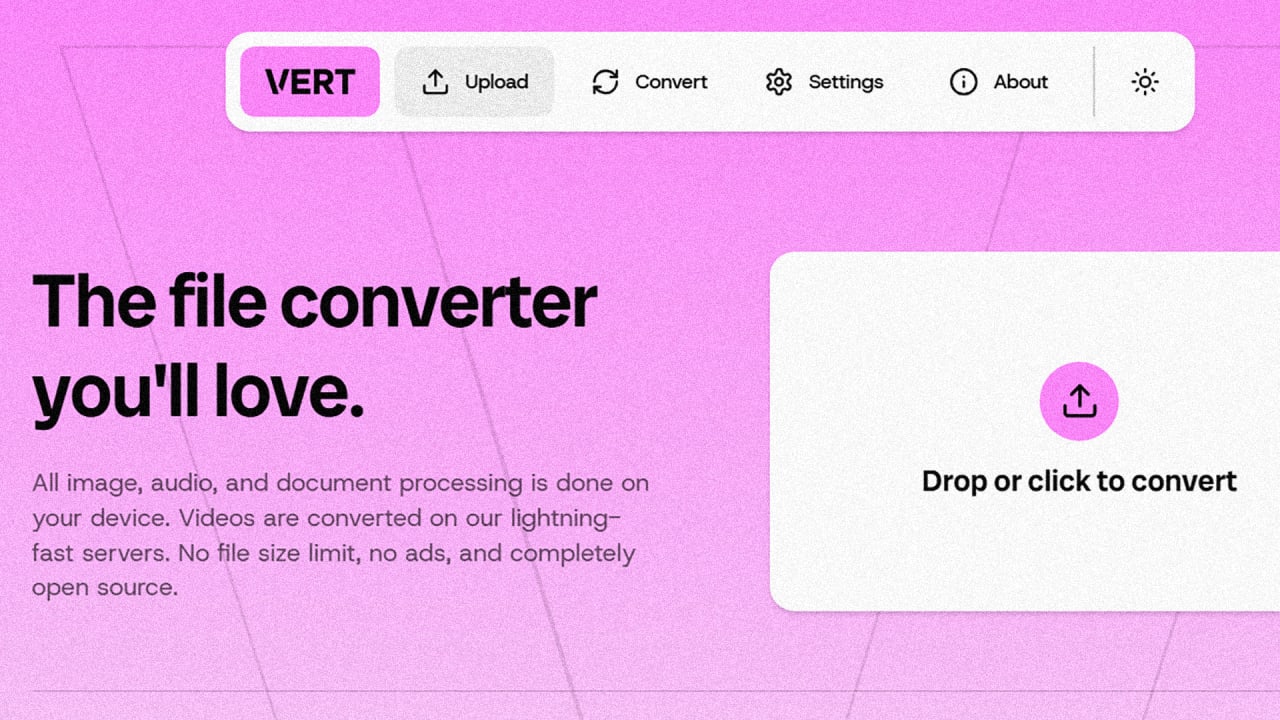
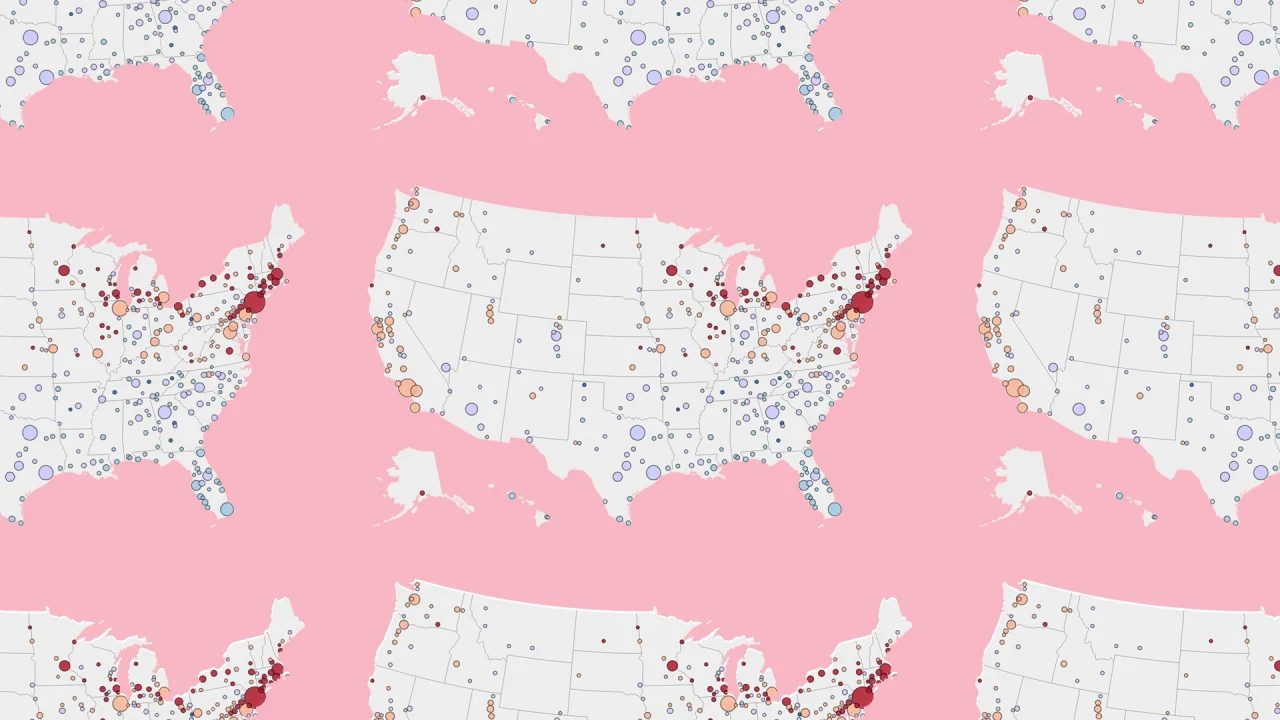



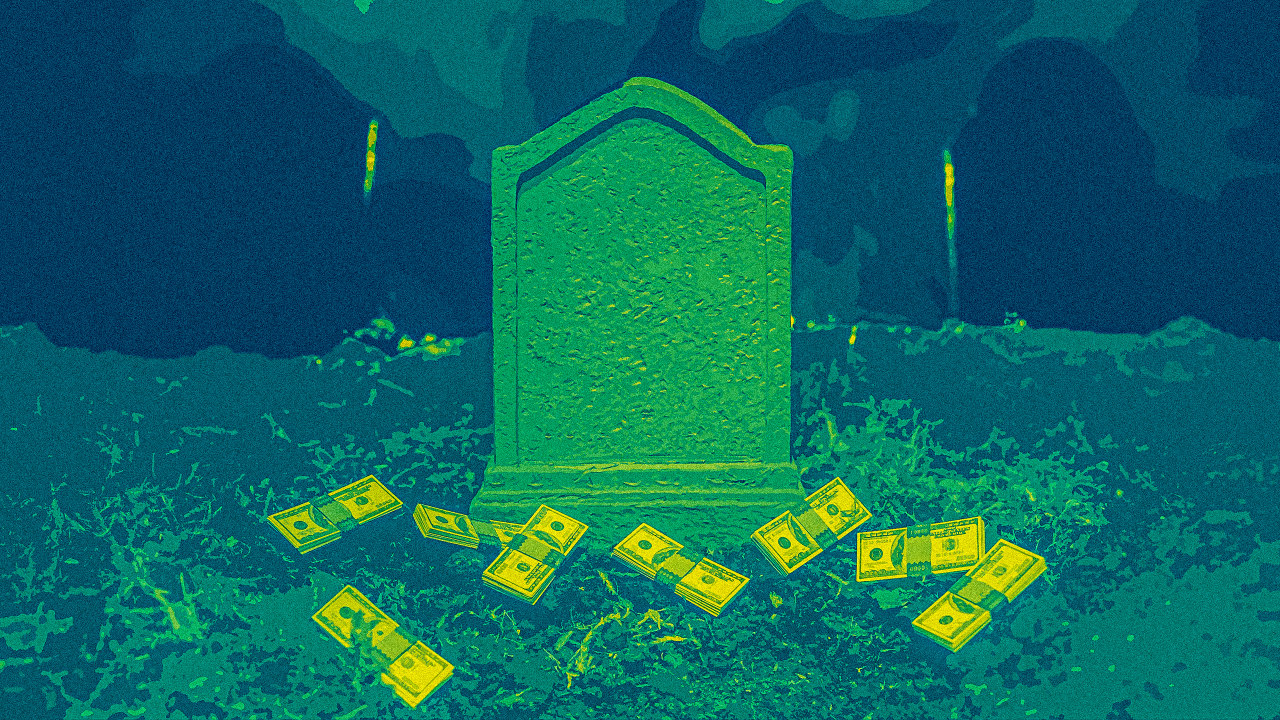




























































![https //g.co/recover for help [1-866-719-1006]](https://newsquo.com/uploads/images/202506/image_430x256_684949454da3e.jpg)

























![How Smart PMs Scale Their Careers in Any Org [TPG Live Recap]](https://tpgblog.com/wp-content/uploads/2025/06/2025-06-12-thumbnail-action.png?#)

















































